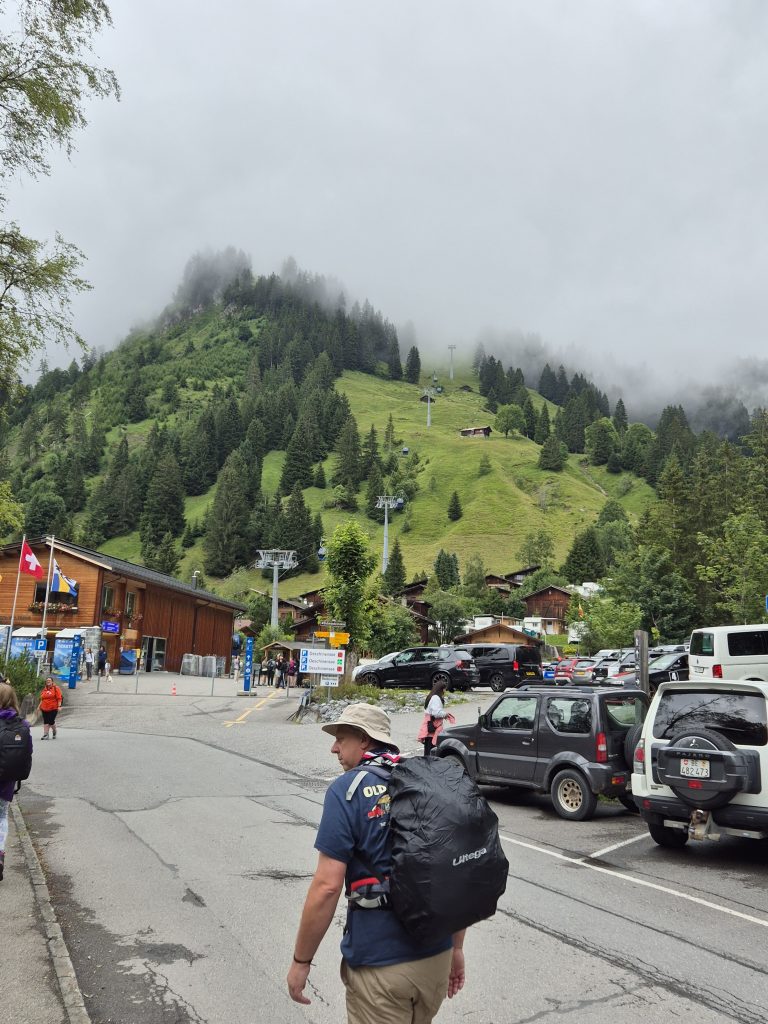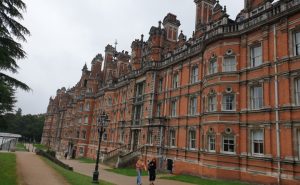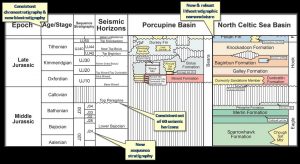Helen Bone, Chartered Geologist.
Companies and their employees often post about the volunteering and other charitable causes they support. Here at Merlin, we are no different, with many of our staff members using their spare time to give back to the community. We have STEM ambassadors, community digital inclusion librarians, Scout leaders and food bank supporters, to name but a few.
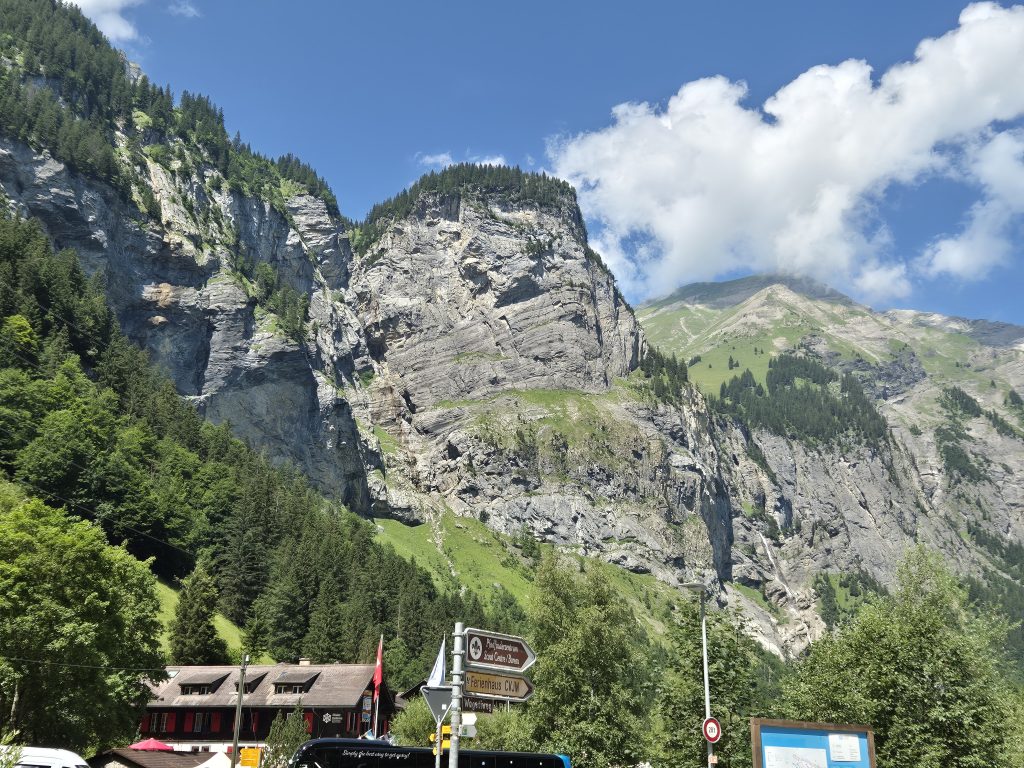
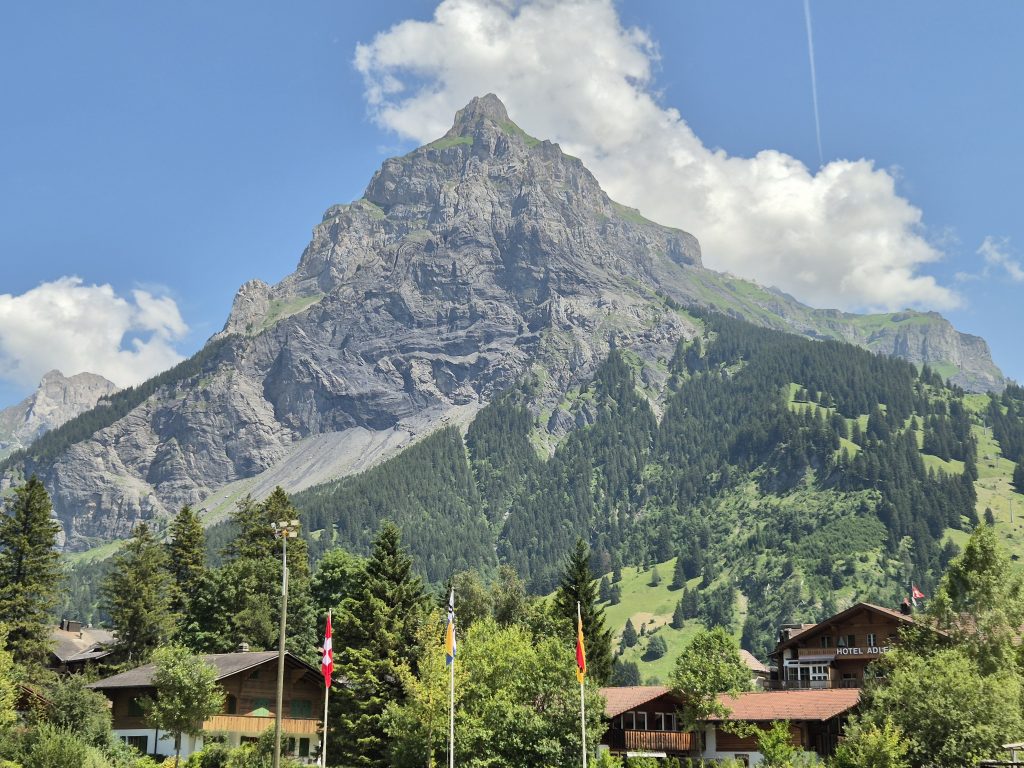
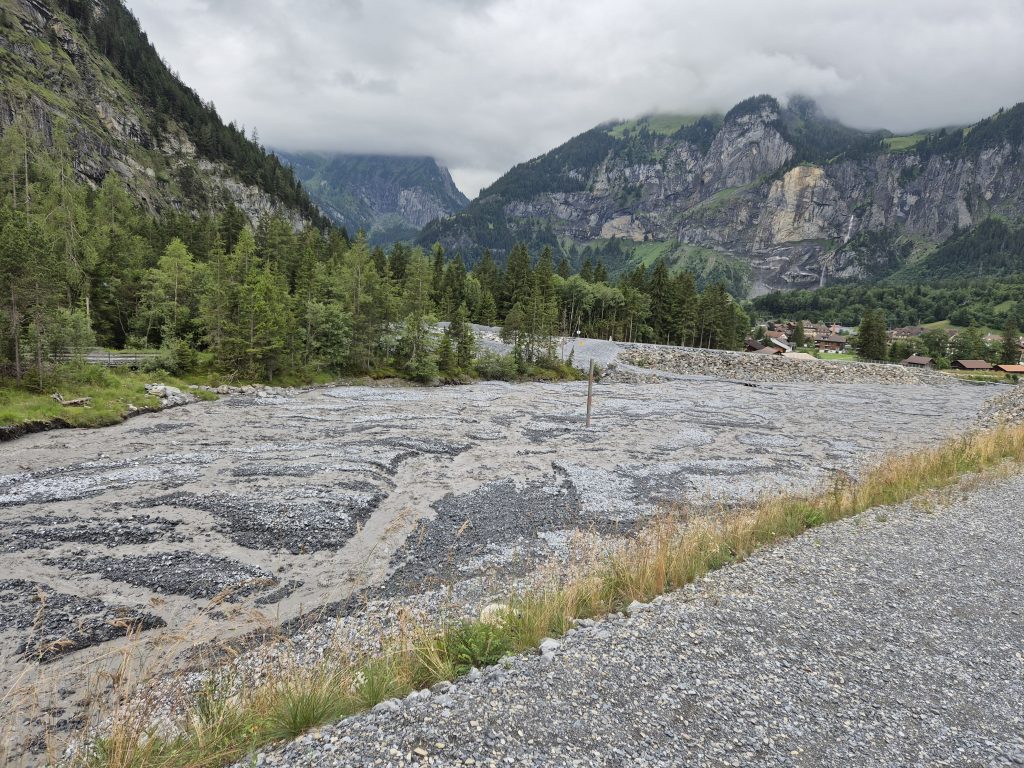
Having recently returned from a week long trip to the International Scout Centre in Kandersteg, with 350 Scouts from Herefordshire and Worcestershire, the ‘why’ of volunteering has been very much at forefront of my mind. To borrow a phrase from one of the other leaders, the trip could only be considered ‘Type II fun’, not so great at the time but on reflection an amazing experience. So why do we do it?
I could say that as a geologist it was the views which sold the trip to me. After all, with a campsite located at 1,200m in the Bernese Alps, the mountains were more than impressive. They contained some amazing structural thrust (Fig. 1) and fold (Fig. 2) features, and there were plenty of examples of glacial processes including braided streams (Fig. 3). However, sightseeing with 31 10-14 year olds in tow is a noisy affair!
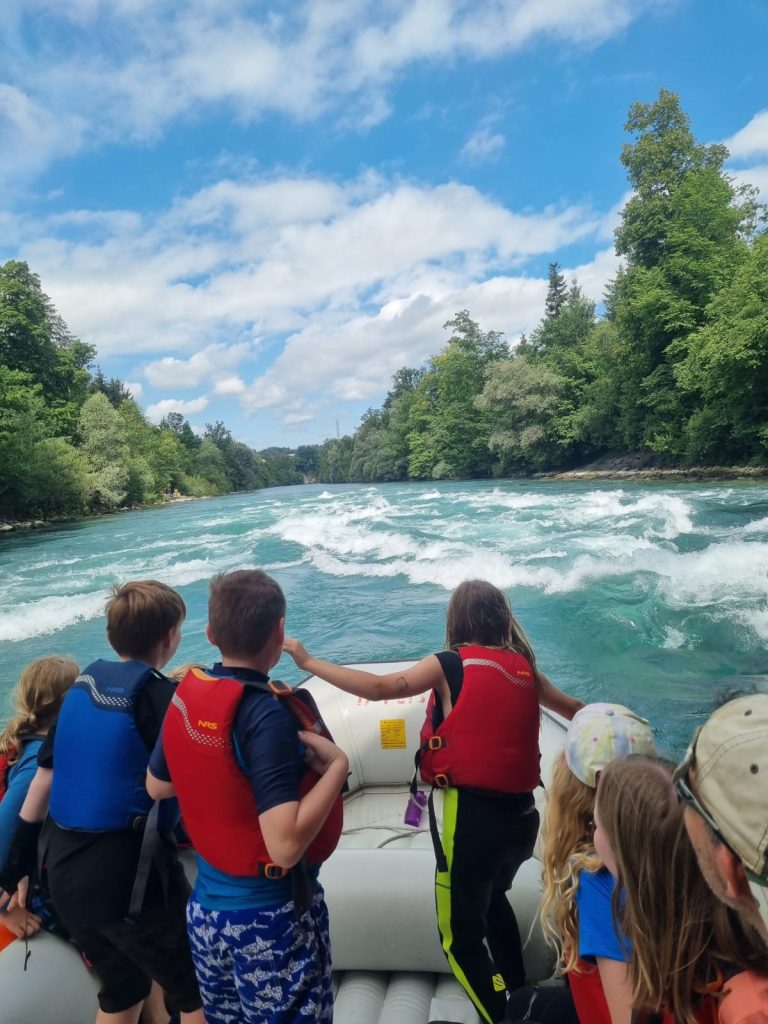
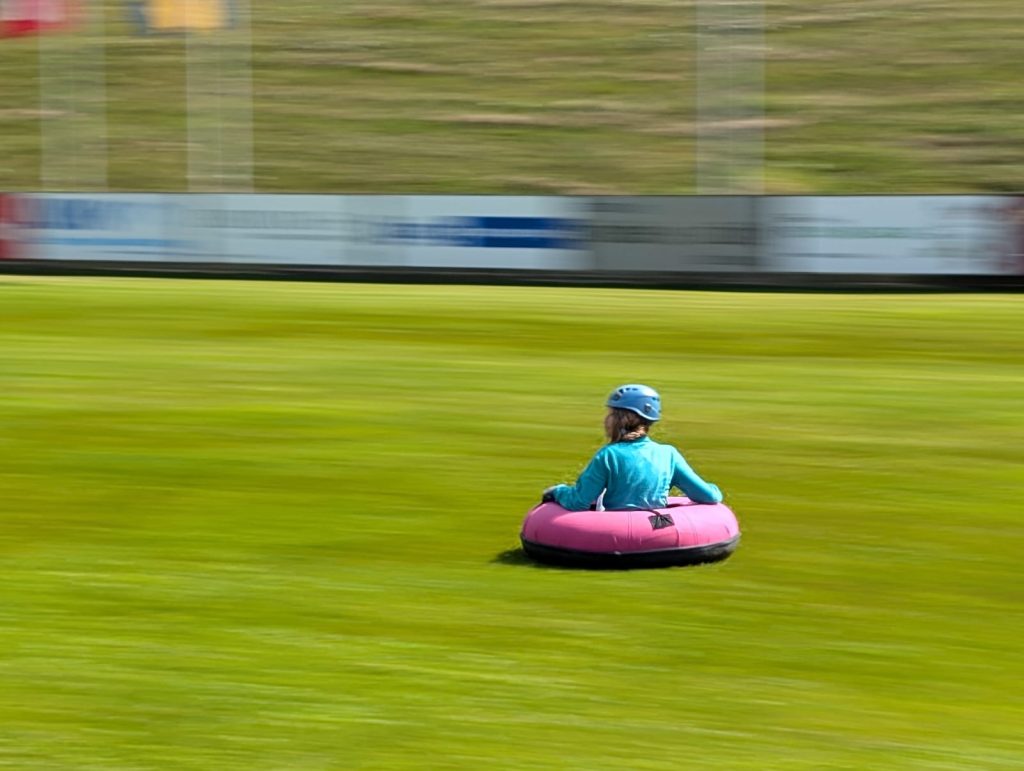
As a Scout leader I can’t deny that another of the attractions of volunteering for the trip was the chance to get involved with the activity side of things. It’s not every day that you get to go rafting (Fig. 4) , tubing (throwing yourself down a ski run in a rubber ring, Fig. 5), hiking, geocaching, high rope walking, and chocolate and cheese tasting all in one week! Yet again though, having 31 Scouts is a pretty big responsibility when taking part in adventurous activities. Even a trip to a restaurant for dinner has its challenges!
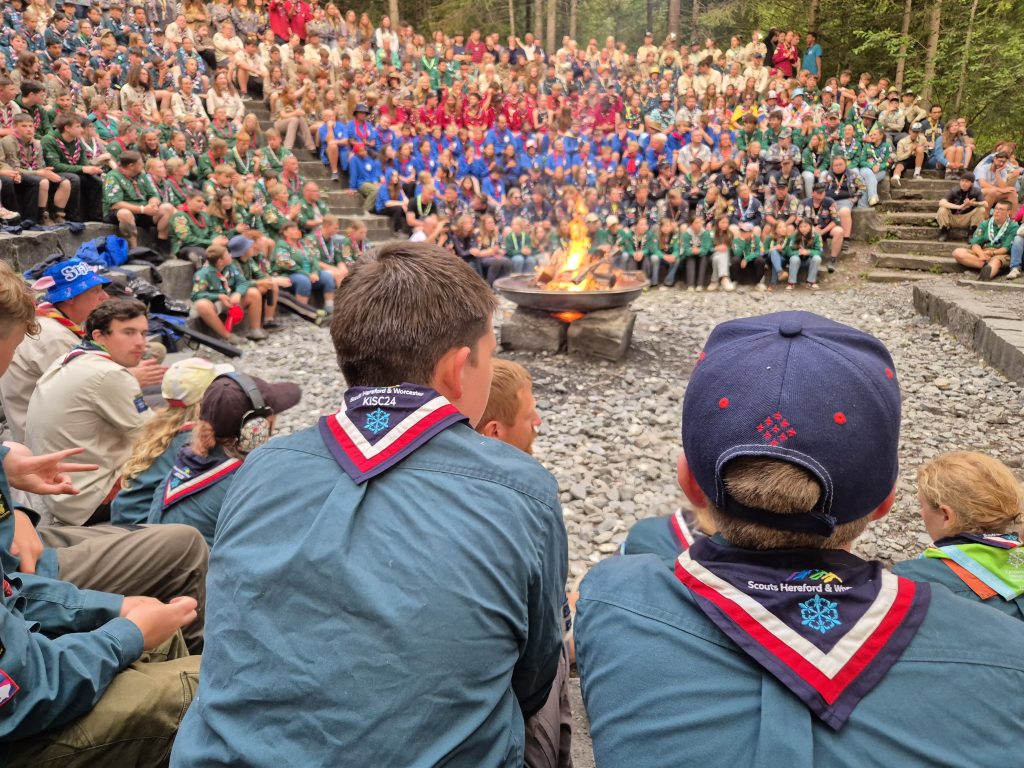
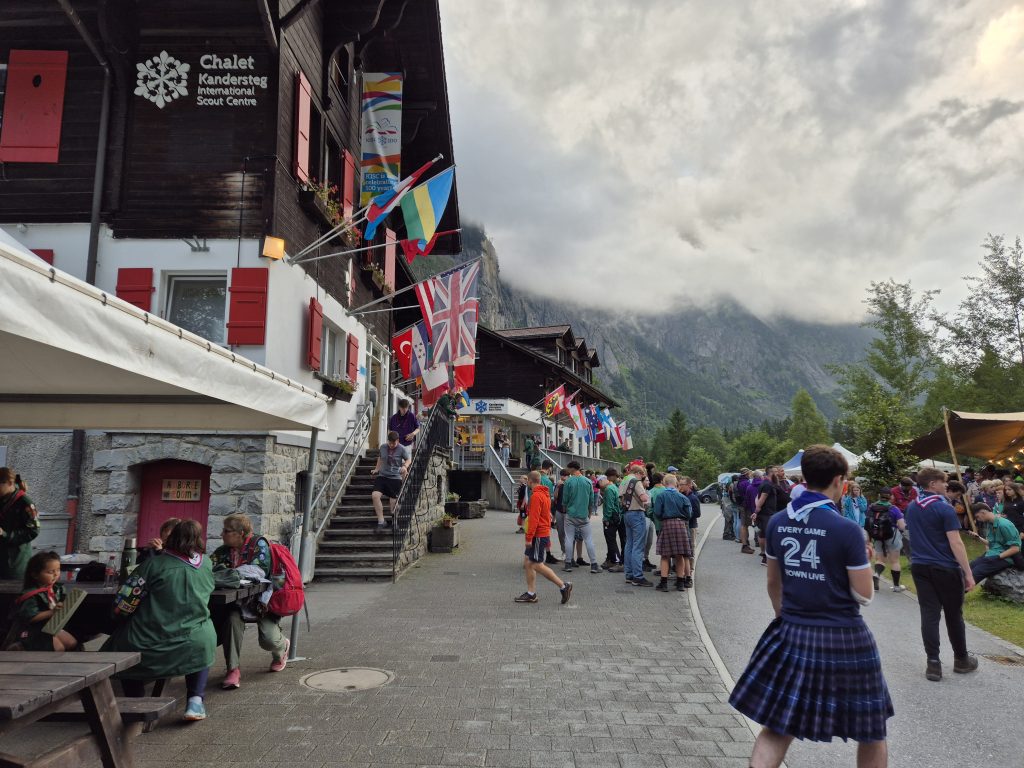
However, what makes it all worth while for me is what the children get out of taking part in activities like this. Without exception, all walked away from the experience with massive smiles on their faces. The added bonus is that amongst the fun and excitement, they have learnt a wide range of life skills, including navigating passport control, controlling their own spending money, independently managing to get themselves up and out of bed with everything they need for the day, and approaching Scouts of other nationalities to trade badges (Fig. 6 and 7). You can’t learn all of these vital skills without doing them, so to have this opportunity at such a young age is fantastic.
It is, of course, a challenge as a leader to be there for the children when they need you, and ensure they get to all the activities fed and watered with everything they require. This is where you learn a lot about yourself and your limits, when to walk away from a situation, and when you need to be there to support someone else.
They say the best teams are those built in adversity, and the leadership team for our sub-group of the trip certainly holds that to be true. From missing the ferry by a few minutes (which added an extra 5 hours to our outward journey), to helping challenging children who need extra support, we pulled together to ensure that what needed to happen, did. As a group, we had never met before signing up for the trip (as we all work with different Scout groups), but having a common goal created a bond which will last beyond this summer, with plans to meet up already in the pipeline.
I have taken lots away from this trip and have many fond memories that will last a lifetime. I have met new people, made lasting friendships and got stuck in and challenged myself to try new things. None of these things can be taught on a training course! The biggest thing of all though is that by giving up some of my time, I have helped and encouraged a group of young people to see and do some amazing activities and learn valuable life skills.
